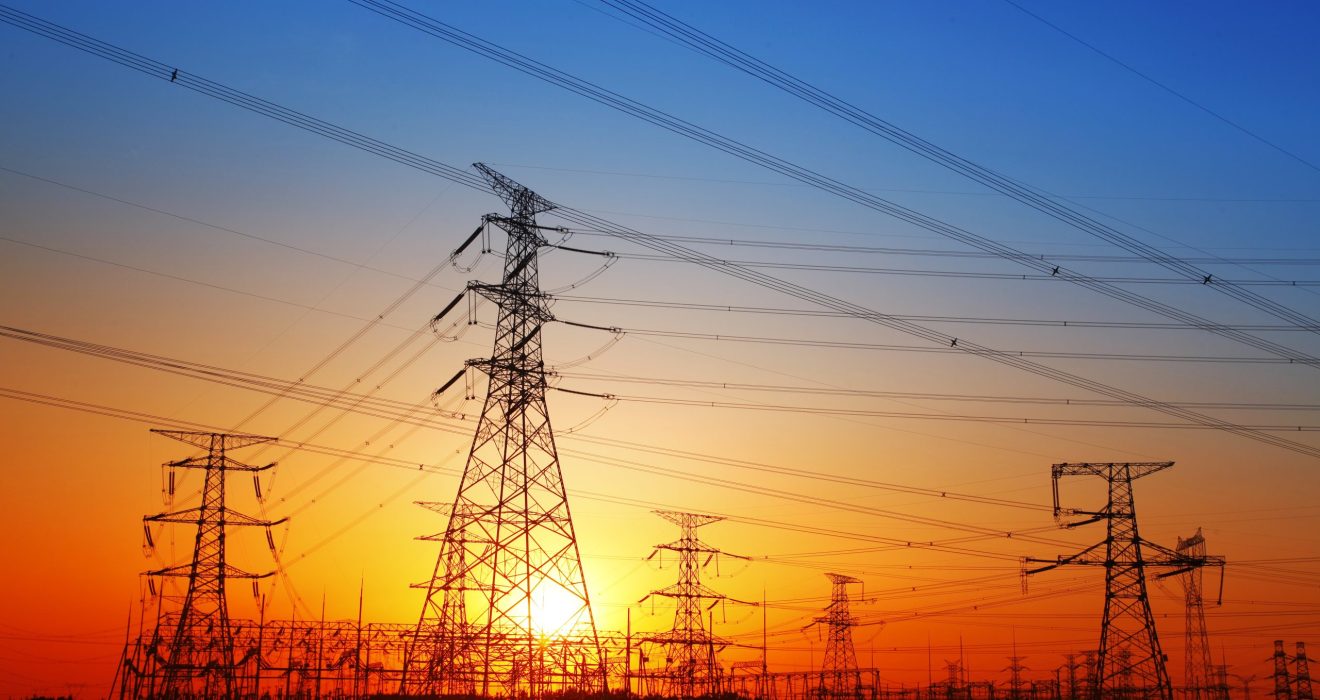The Federal Energy Regulatory Commission (FERC) recently approved dramatic changes to the financing and planning processes that govern the nation’s electric grids. The laying down of thousands of miles of new high-voltage electrical lines is expected to speed up by this decision, which is the most significant in more than ten years. The supporters believe that these adjustments will strengthen the nation’s electrical grid and make it easier to incorporate renewable energy sources like solar and wind power.
Numerous issues plague the current grid system, from low capacity to an increased danger of blackouts brought on by harsh weather. The prevailing brief concentration of grid operators is one of the main barriers to grid growth. Usually taking a reactive strategy, these operators usually deal with demand or dependability problems. As they come up instead of proactively making plans for the future.
Representative Arguments:
By a vote of 2-1, the commission adopted the rule; Mark Christie, the lone Republican, voted against it and the other two Democratic commissioners supported it. According to Mr. Christie, the reticulation would unjustly permit states desiring greater renewable energy to unfairly transfer the costs of the required system modifications to their neighbors. Mr. Christie declared, “This rule completely fails to protect consumers.” According to him, its purpose is to enable a significant shift of wealth from consumers to special interests that are for profit, especially wind and solar companies.
The Democratic chair of the energy commission, Willie Phillips, stated, We need to plan our country’s grid for the long term. “We’ve never seen anything like this testing our nation’s old grid. Extreme weather, rising demand, and emerging technology will make it impossible for us to continue operating if we don’t take decisive action right away.
The Advancement of Grid Development:
The recently enacted FERC rule represents a paradigm shift, requiring grid operators to plan transmission infrastructure with an eye toward the future. The law specifies a 20-year projection timeline, which forces operators to plan for changes in the mix of energy sources, take into account the increasing number of mandates for renewable energy, and evaluate how extreme weather events affect grid resilience. Over 11,000 wind, solar, and battery projects have been proposed by energy businesses nationwide; however, many of them are on hold since the infrastructure cannot support them.
Under the new rule, grid planners must carry out thorough assessments of transmission projects, keeping elements like cost reduction, outage mitigation, and integration of renewable energy sources under consideration. Therefore, to guarantee the best possible outcomes for all parties involved, policymakers and stakeholders need to carefully consider the financial, environmental, and social ramifications of transmission investments. Competing interests, conflicting agendas, and intricate jurisdictional dynamics define the political environment around grid reform. Especially, the topic of cost allocation has become divisive as nations and parties argue about how to split the associated costs. Furthermore, efforts to reach an agreement on grid development and planning strategies are made more difficult by regional differences in energy legislation and infrastructure needs.
Innovations in Technology: Facilitating Grid Modernization:
The developments and innovations in technology present promising alternatives to the problems grid modernization initiatives face. Innovation is essential to improving the flexibility, efficiency, and dependability of the grid. Examples of this include energy storage systems, smart grid technology, and sophisticated wires. By incorporating these technologies into grid planning and operating procedures, new avenues for risk mitigation, resource optimization, and meeting changing energy needs can be explored.
It is crucial now more than ever to coordinate grid expansion with aggressive climate goals due to the mounting worries about climate change and environmental sustainability. Mitigating climate concerns, cutting greenhouse gas emissions, and promoting a more sustainable energy future all depend on the switch to cleaner, renewable energy sources. Grid transformation is essential to making this shift possible since it makes it possible to integrate renewable energy resources and improves system-wide energy efficiency.
Handling Challenging Situations:
Grid planning and development are governed by complex legal and regulatory frameworks that are packed with uncertainties and difficulties. Critical infrastructure projects can be delayed and progress hampered by disagreements over permitting procedures, stakeholder engagement strategies, and federal-state jurisdiction. Additionally, the rule does not address the political and practical difficulties involved in building new long-distance electricity lines. Therefore, to expedite regulatory procedures, define jurisdictional lines, and promote better alignment of energy policy goals, regulators, lawmakers, and stakeholders must cooperate.
Personalized approaches to grid design and development are necessary due to regional variances in energy resources, governmental agendas, and infrastructure requirements. While grid modernization and the integration of renewable energy may be given top priority in some places, other regions may have particular difficulties because of resource scarcity, infrastructure limitations, or financial concerns. Encouraging inclusive, equitable, and sustainable grid transformation activities requires an understanding of and accommodation for these regional variables.
Federal-State Cooperation:
The system operators, utilities, stakeholders, and federal and state governments must work together effectively to reform the system. States are vital in determining energy policy, regulatory frameworks, and investment priorities, even while federal bodies such as FERC offer broad regulatory frameworks and guidance. Federal-state collaborations have the potential to propel collective development toward a more resilient, dependable, and sustainable grid infrastructure by promoting enhanced cooperation, collaboration, and information exchange. The new regulations received praise from green organizations and renewable energy firms.
Conclusion:
In conclusion, the acceptance of significant modifications to grid design and funding is an important turning point in America’s energy transition process. The new rule’s effectiveness is still up in the air because it will rely on how grid operators put it into practice. But there are many obstacles, unknowns, and complexity in the way of achieving a modern, robust, and sustainable grid. Stakeholders, regulators, and politicians must never waver in their dedication to teamwork, creativity, and coordinated action as they negotiate this challenging environment. By leveraging the potential of grid transformation and confronting its underlying obstacles head-on, we can pave the way for a more promising and sustainable energy future for future generations.

